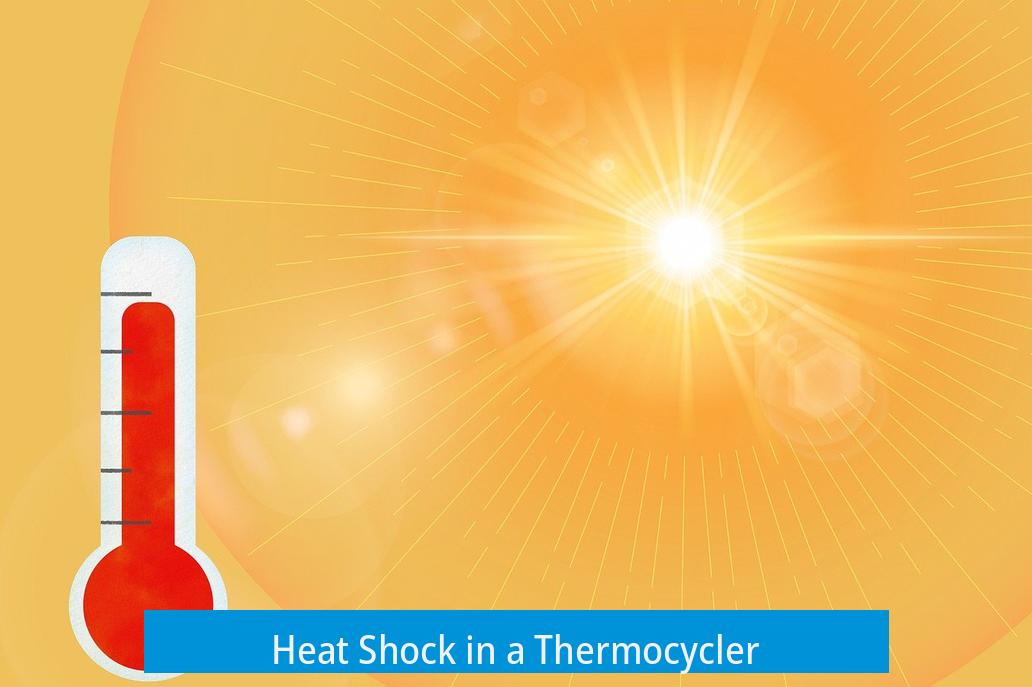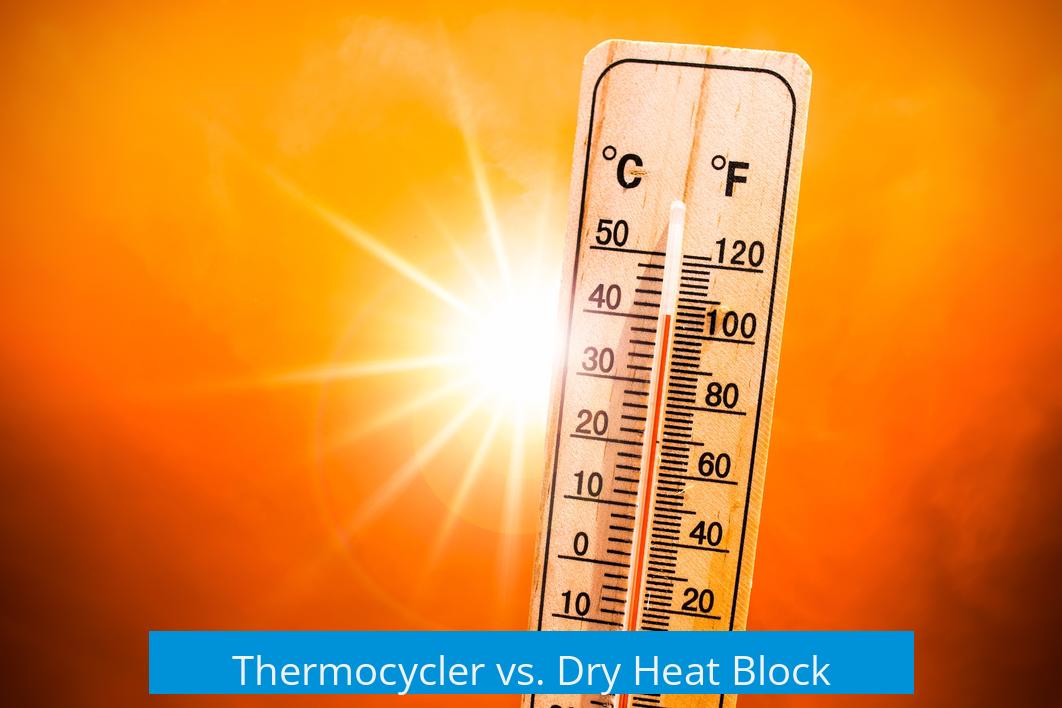Heat Shock in a Thermocycler

Heat shock in a thermocycler is feasible and effective for transforming competent cells, especially E. coli. Setting the thermocycler to a constant 42°C and timing the exposure replaces traditional dry blocks or water baths. The process benefits from the thermocycler’s precise temperature control and heated lid, which prevents condensation.
Using a Thermocycler for Heat Shock
Thermocyclers maintain an exact temperature, typically at 42°C for heat shock, commonly used in bacterial transformation. Users place the tubes on ice initially, then transfer them into the preheated thermocycler. Most devices allow pausing the run to insert the tubes and then resuming the timing. The lid heats first to avoid condensation inside tubes, preserving consistent concentration and conditions.
This method mirrors the heat shock step used in Gibson assemblies and other molecular biology protocols. Timing is critical; a typical duration is around 30-60 seconds. The thermomixer, a related device, can also provide this function by heating and mixing samples simultaneously.
Thermocycler vs. Dry Heat Block

Both tools provide a stable heat source, but thermocyclers offer advantages due to the heated lid feature that prevents moisture buildup. Dry blocks, simple aluminum blocks heated to set temperatures, can also be used for heat shocks. Users enhance heat transfer by filling wells with water, reducing temperature gradients. However, thermocyclers tend to heat samples more uniformly.
One consideration is tube compatibility—thermocyclers usually accept PCR tubes, while heat shock typically uses 1.5 mL tubes. Check if tubes fit before proceeding.
Practical Tips
- Pre-warm the thermocycler to 42°C before transferring tubes.
- Use tubes compatible with your thermocycler’s block design.
- Fill empty wells adjacent to sample tubes with water to improve heat transfer.
- Quickly move tubes from ice to thermocycler to maintain the heat shock window.
Alternative Heat Shock Methods
In emergencies, hot tap water can substitute precise equipment. Temperature control is less exact but often sufficient for routine transformations. Stirring cold water into hot tap water adjusts temperature as needed.
Is Heat Shock Always Necessary?
Not all competent cells require heat shock. Some E. coli strains transform efficiently without this step, especially chemically competent ones. The requirement depends on strain robustness and preparation method.
Key Takeaways
- Thermocyclers can replace dry blocks for heat shock at 42°C with precise control.
- Heated lids prevent condensation, improving sample consistency.
- Tube compatibility must be verified for thermocycler use.
- Filling unused wells with water improves heat transfer.
- Heat shock may not be essential for all cell strains.
What are the advantages of using a thermocycler for heat shock compared to a dry block?
Thermocyclers heat the lid first, which prevents condensation inside the tubes. This maintains sample concentration better than a dry block. You can set a constant temperature and start timing as soon as you place tubes inside.
Can I use a thermocycler with regular 1.5 mL tubes for heat shock?
Most thermocyclers are designed for PCR tubes, making it tricky to fit 1.5 mL tubes. Check your thermocycler’s specifications. Alternatively, use tubes that fit its wells or consider adjusting your method.
How can I improve heat transfer in a thermocycler during heat shock?
Filling the wells you plan to use with a little water before inserting the tubes can improve heat transfer. This reduces temperature variation and helps maintain steady conditions during the heat shock.
Is heat shock always necessary for transformations using E. coli?
Heat shock is not always required. Some E. coli strains are robust enough to take up DNA without it. Check your strain’s protocol to see if heat shock is needed or if it can be skipped.
Are there alternative methods for heat shock if a thermocycler or dry block is not available?
Yes. Hot tap water can serve as a heat shock source if needed. Adjust the temperature by mixing with colder water to reach around 42°C. This method works when precise equipment isn’t accessible.





Leave a Comment